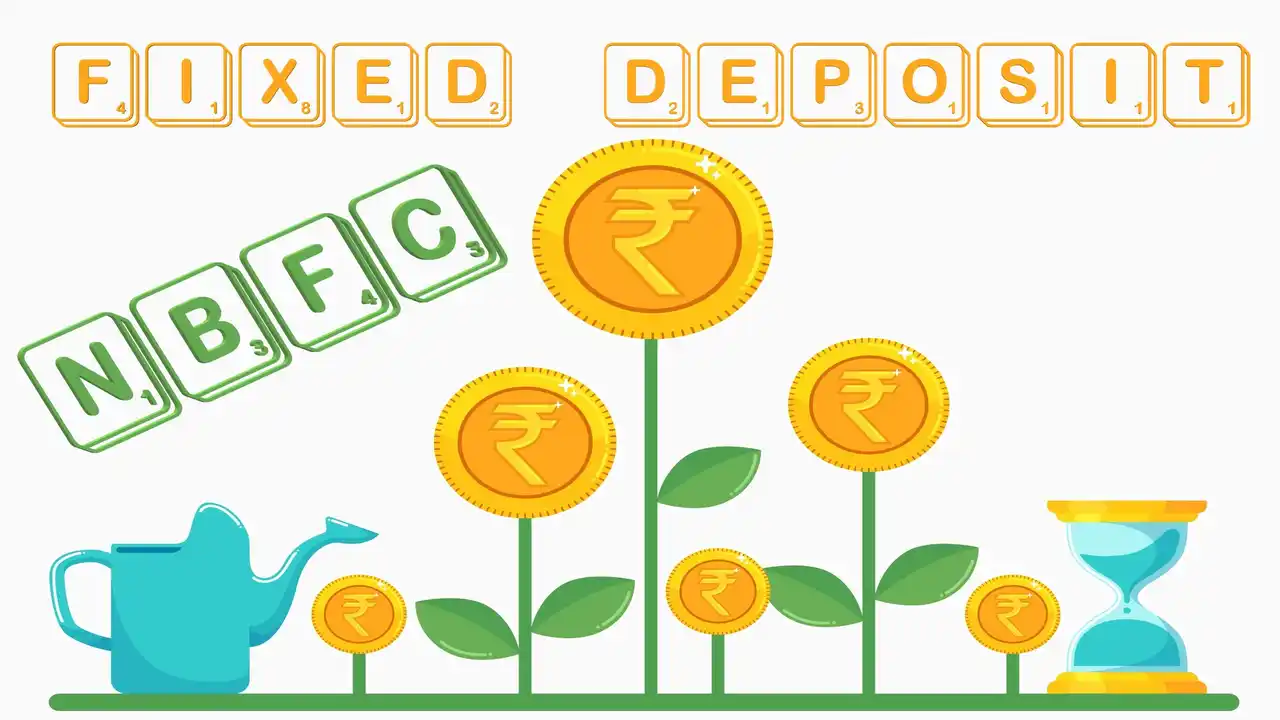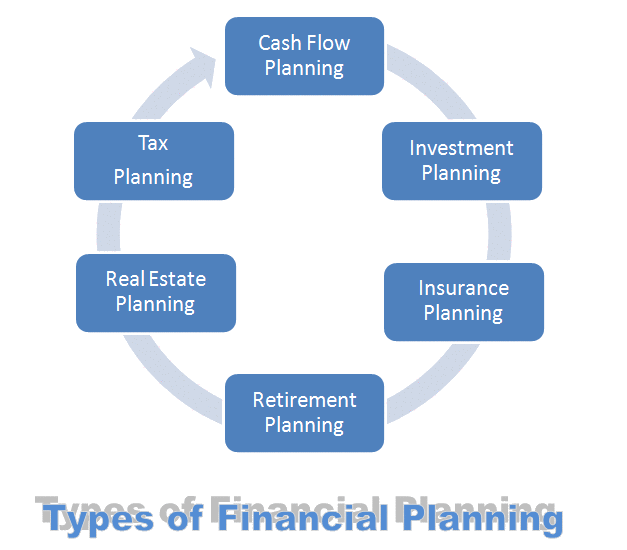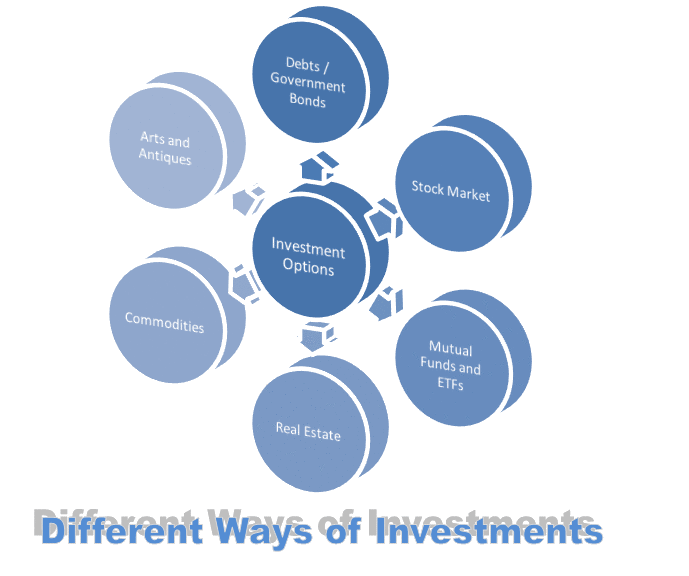Fixed deposits (FD) are one of the most popular savings avenues. While investors with a low risk appetite invest in FDs to earn assured returns, investors with a high risk appetite invest in FDs for a stable portfolio. FDs also help you to accumulate savings over flexible tenors starting from seven days to ten years.
Fixed deposits are offered by both Non-Banking Financial Companies (NBFCs) and banks. While bank FDs are widely well known, NBFC FDs are a relatively new concept. So let us understand what NBFC FDs are, their features and benefits and other important aspects before investing in one.
Features and Benefits of NBFC Fixed Deposit
Individuals who are looking to save can gain greatly from NBFC fixed deposits. The following are some advantages of NBFC fixed deposits.
Rate of Interest
By saving with an NBFC FD, you can earn significant interest rates. The attractive interest rates is one of the most popular features of this savings instrument. Senior citizens who save in NBFC FDs can benefit from higher interest rates.
Tenor
The duration of an FD typically ranges from 12 to 60 months. NBFCs give customers a variety of flexible tenors to choose from. By opening an FD account with an NBFC, you can thus plan better for both your short-term and long-term financial needs.
Safety Ratings
Deposits with ratings of FAAA and MAAA also keep your money safe while providing enticing returns.
Payout Frequency
There are two types of FDs – cumulative fixed deposit or the non-cumulative fixed deposit. With cumulative fixed deposit, you receive both the invested cash and the interest in one lump sum after the plan’s maturity. On the other hand, with non-cumulative, you have the option of receiving the interest income every month, every quarter, every half-year, or every year.
Difference Between Bank and NBFC FDs
Bank FDs and NBFC FDs are vastly different from each other. Let us take a look at the various aspects in which they differ.
Tenor
Banks offer fixed deposits with tenors ranging from as low as 7 days to up to 10 years. However in the case of NBFC, the tenor is different. The minimum deposit period starts from 12 months and goes up to 5 years.
Tax Benefits
Although NBFC FDs offer higher interest rates, the tax benefits that you get from bank FDs are greater. Under Section 80C of the Income Tax Act(ITA), you can claim deductions on tax of up to ₹1.5 Lakhs in a year if you have a 5-year bank deposit but if you make any premature withdrawals during the lock-in period, you cannot enjoy the tax benefits.
Rate of Interest
Bank FDs comparatively offer lower interest rates as compared to NBFC FDs. Interest rates for bank FDs start at 2.50% and go up to 7% whereas interest rates of NBFC FDs are quite attractive, starting from 7% and going up to 9%.
Security of Capital
In banks, the deposit amount is insured up to ₹5 Lakhs. This means that even if the bank goes into bankruptcy, deposits of up to ₹5 Lakhs will be reimbursed.
Though NBFCs do not have this feature, they are safe to invest in. There are various credit rating agencies like ICRA, CRISIL, etc., that rate the deposit plans offered by NBFCs. Fixed deposits that have a rating of MAAA or FAAA are considered to be safe to park your money in.
Things to Keep in Mind When Investing in NBFC Deposits
Also refer bank fixed deposit interest rates in India for your reference. Here are some considerations to make before opening an FD account.
Tenor
Pick your repayment tenor carefully. Premature withdrawals are not advised because they will lower your interest income. For the best interest rates on FD, try to choose the longest possible deposit tenor.
Credibility of the NBFC
Always select deposits that are rated by reputable credit agencies and are backed by FAAA or MAAA ratings. Select NBFCs with a solid track record and a strong market presence when investing.
Financial Goals
The non-cumulative deposit plan provides liquidity while the cumulative deposit plan offers a lump sum corpus. Thus keeping in mind your short and long term finance goal, before choosing the appropriate plan.
Interest Rates
The interest rates offered by each NBFCs tend to vary. Choose the maximum deposit tenor for the highest interest rates.
Tax Saving Deposits
A tax saving FD is offered by NBFCs where you can deposit money and get a higher rate of interest than a normal savings account. Your investments under this scheme are exempt from tax deductions under section 80C.
Loan Against FD
Many NBFCs offer this option through which you can gain access to some emergency funds. Under this facility, you can avail a loan with your fixed deposit held as a collateral.
Conclusion
Fixed deposits are a great way to diversify your financial holdings, and NBFCs offer them. You can select a suitable term and take advantage of high FD interest rates on your deposits. Therefore, choose the appropriate strategy after understanding what NBFC deposits are all about and how they function.







